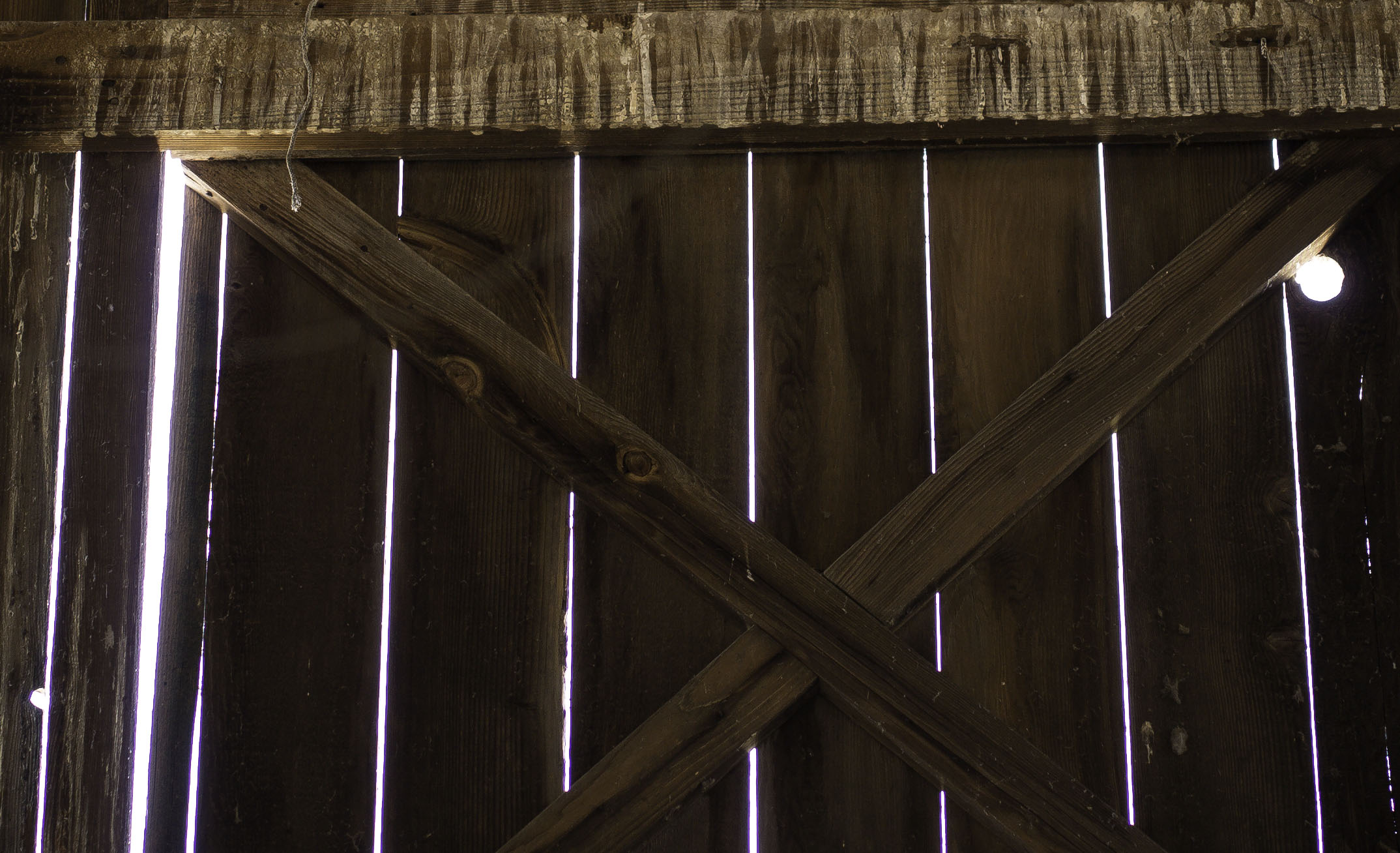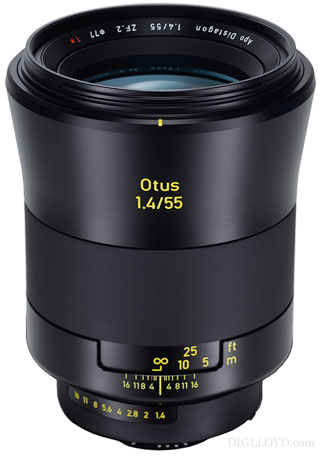EXCERPT page containing first few paragraphs. 2024-04-23 01:57:33
UA_SEARCH_BOT_compatible_botmozilla/5.0 applewebkit/537.36 (khtml, like gecko; compatible; claudebot/1.0; +claudebot@anthropic.com) @ 3.16.83.150
For full access, subscribe here. Or click title to login. ![]()
Diffraction Flare with Stopping Down (Barn Interior)
With a well chosen scene and a world class lens (one not suffering from other contrast-robbing artifacts), an increasingly diffuse glow can be observed with stopping down—“diffraction flare”. No lens can avoid this effect no matter how well designed (though software processing can compensate to some extent).
Here, the bright cracks of light show the diffraction flare effect mildly as early as f/2.8. That flare broadens and brightens with stopping down due to diffraction; it affects all lenses but this is an excellent demonstration of its effects that are visible starting as early at f/2.8—possible because of the world class point spread function of the Zeiss Otus 55mm f/1.4 APO-Distagon.
Article continues for subscribers...
Diglloyd Making Sharp Images is by yearly subscription. Subscribe now for about 13 cents a day ($50/year).
BEST DEAL: get full access to ALL 8 PUBLICATIONS for only about 75 cents a day!
Diglloyd Making Sharp Images articulates years of best practices and how-to, painstakingly learned over a decade of camera and lens evaluation.
Save yourself those years of trial and error by jump-starting your photographic technical execution when making the image. The best lens or camera is handicapped if the photographer fails to master perfect shot discipline. High-resolution digital cameras are unforgiving of errors, at least if one wants the best possible results.
- Eases into photographic challenges with an introductory section.
- Covers aspects of digital sensor technology that relate to getting the best image quality.
- Technique section discusses every aspect of making a sharp image handheld or on a tripod.
- Depth of field and how to bypass depth of field limitations via focus stacking.
- Optical aberrations: what they are, what they look like, and what to do about them.
- MTF, field curvature, focus shift: insight into the limitations of lab tests and why imaging performance is far more complex than it appears.
- Optical aberrations: what they are, what they look like, and what to do about them.
- How to test a lens for a “bad sample”.
Intrigued? See Focusing Zeiss DSLR Lenses For Peak Performance, PART ONE: The Challenges, or (one topic of many) field curvature.



